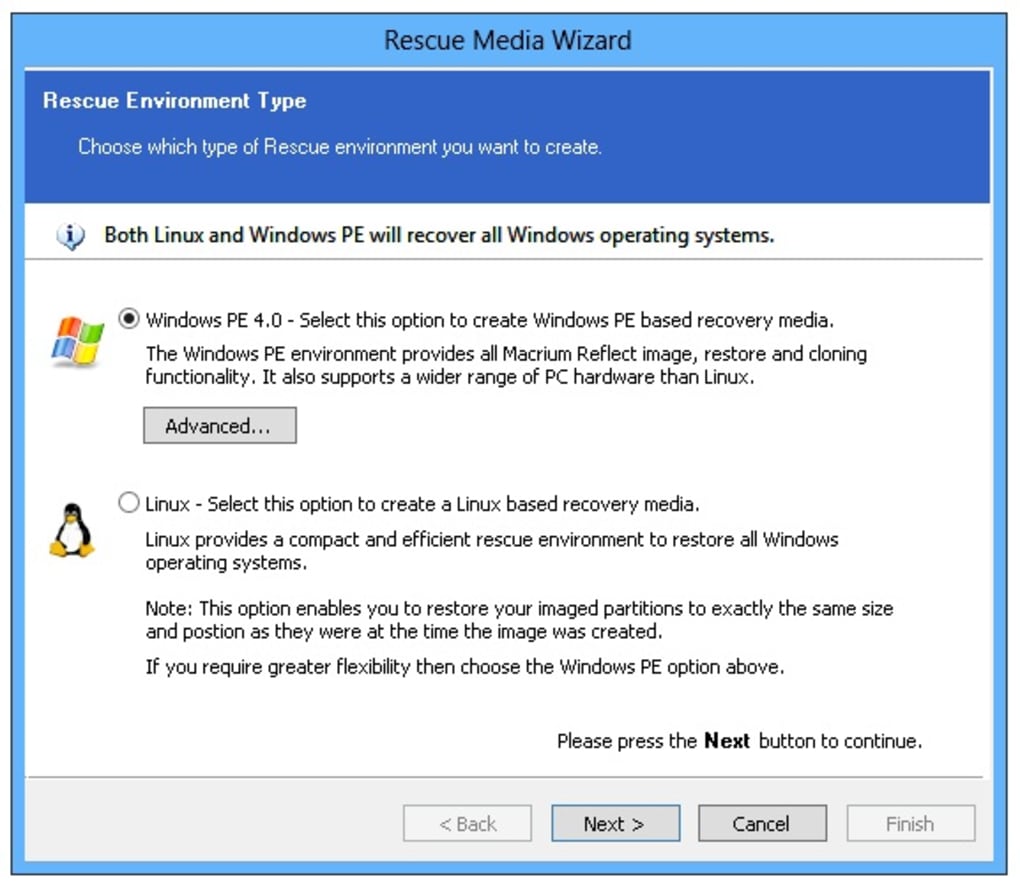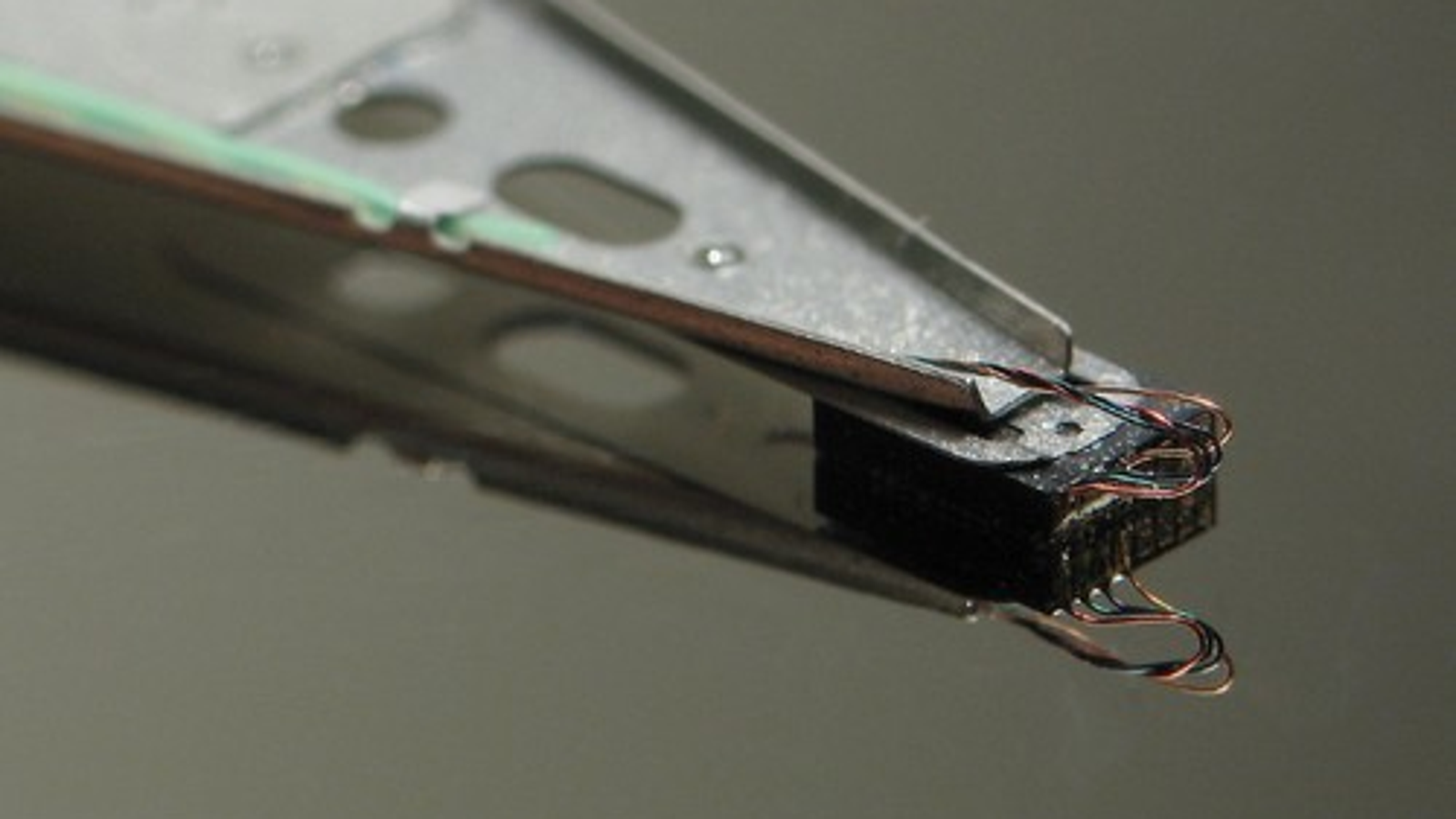
Here I have to note that I might actually have chosen that option earlier. I rebooted from the Rescue media again and tried the option to fix Windows boot problems.

If I did not have the Rescue USB stick plugged, again F2 would still get me a totally blank screen, not into the Bios. When I reinserted the Rescue USB stick with the hard drive still selected as the first boot, I'd get a blue screen with a message that Windows\System32\winload.exe was defective or missing. I couldn't even get into the Bios with F2 any more. When I tried to reboot, I got a blank screen from the get-go. I reset the Bios to boot from the hard drive and this time disconnected the Rescue USB stick. No reason, I just didn't think to pull it. I rebooted back into the Bios with the rescue USB stick still plugged. I never expected that to actually matter so soon.

That means I could not do any kind of Restore if I needed to. I opened a command prompt and verified that it was seeing no files at all on the USB drive. Rescue could not see any disk images on the USB drive. I plugged in a Seagate USB backup hard drive. I restarted up the machine and it booted in the rescue environment. Naturally I wanted to test it, I rebooted into the Bios (F2 on startup) to make the USB stick the first boot source. I immediately created a new rescue media on a USB stick. I just upgraded from Reflect 7 to 8 today. Sigh.On my Panasonic Toughbook SX2 running Windows 10 Pro - today I am profoundly grateful, in fact, that I didn’t learn that my backups were disabled by needing one, and not having it at my disposal. I offer my experience as a cautionary reminder to all IT professionals that regular checks on backups may be as important as making those backups. I’m somewhat embarassed that it took me a couple of weeks to realize that a software change had disabled my backup environment. The old saying goes: The only good backup is the one that restores successfully. I also set up a weekly cloud backup so I can capture my entire production system off-site with less frequency. That way my target drive won’t fill up as quickly and I’ll have ready access to my two most important storage assets. But while I was at it, I created a new backup definition and lumped the imaging of my boot/system drive together with my primary data drive.

I could have simply re-enabled my existing backup schedules, and they would have resumed that night on their regular schedules. Of course, the fix is absolutely trivial. Fixing Macrium Reflect Upgrade Cancels Backup Schedules Disabled is the last thing you want to see when checking Reflect backup schedules’ status.


 0 kommentar(er)
0 kommentar(er)
